Children naturally think like a scientist, mathematician, and artist.
Children are naturally curious.
Use your child’s curiosity to foster their love to learn by transforming ordinary play into extraordinary STEAM investigations.
Early exposure to STEAM activities helps your child prepare for future success.
You don’t know what future jobs and technology lay ahead for your child but…
…encouraging problem-solving skills through processes like the scientific method or the engineer/design process will help strengthen your child’s creative and critical thinking skills.

Three Easy Ways to Transform Ordinary Play into Extraordinary STEAM Play
1. Make STEAM tools available.
It doesn’t take a lot of fancy or expensive materials to incorporate STEAM tools in your child’s play.
Simple everyday tools that you most likely already have are a great way to introduce STEAM thinking.
I recommend setting up a self-serving area for your child to discover and explore. It doesn’t have to be large space it could be a simple as a tray or basket.
By incorporating tools into your child’s play, you are making way for your child to discover and experiment.
STEAM Tool Examples:
- Magnifying Glass
- Measuring Cups
- Flashlight
- Stop Watch
- Measuring Tape
- Clipboard and Colored Pencils
2. Ask open-ended questions to prompt and stretch your child’s thinking.
Prompting your child with open-ended questions, these are questions that require more than a yes or no answer.
- What do you wonder about?
- What do you think will happen next?
- What would happen if….?
Also, listen to the questions your child asks you. This is a great way to tune in and listen to what topics interest your child.
If you don’t know the answer to your child’s question, use my favorite response…”Let’s find out together”
3. Extend your child’s curiosity.
If your child finds a particular subject of interest, extend their knowledge (and yours) on the topic. I never knew all the different types of construction trucks until I had my son.
Lil B (6 yrs old) is still interested in construction and wants to be a builder when he grows up.
I personally don’t know anything about building, but together we have built a leprechaun traps and build caves.
We always find a new construction/building book when we go to the library.
We also will drive by and analyze local construction sites around town.
I encourage him to continue to explore and experiment with open invitations to build and different building challenges.
As long as he is still interested I will continue to encourage and foster his curiosity on the topic.
How to Extend Your Child’s Interest and Curiosity
- Research more about the topic together.
- Go to the local library to find books on the topic.
- Find a local community event that relates to your child’s interest.
- Find a working professional that is willing to meet with your child and answer questions about the topic.
Extend your child’s interests and turn your child’s everyday play into extraordinary STEAM play!
Looking to learn more about STEAM for Young Thinkers?
Register for our FREE e-course, STEAM: Preschool Activities for STEM Enrichment.
This e-course is a 6 lesson (free) e-course that will walk you through how to get started the easy way with STEAM activities for young thinkers.
The e-course includes 5 STEAM activities with step by step directions.
Each activity also includes a video where we discuss how the STEAM activity challenge went with our preschooler and our tips for teaching science, technology, engineering, art, and math into our preschoolers daily lives.
This post is part of the STEM Saturday Blog Hop. Be sure to check out the links below for more STEAM activities for kids.
Ice Cube Igloo STEM Project from Preschool Powol Packets
DIY Engineering Project Kit from The Homeschool Scientist
Ice Heart Science and Art | STEAM for Valentine’s Day from The Science Kiddo
Sorting Conversation Hearts | Quick Toddler Activities from Lemon Lime Adventures
Glow Stick Science from Little Bins for Little Hands
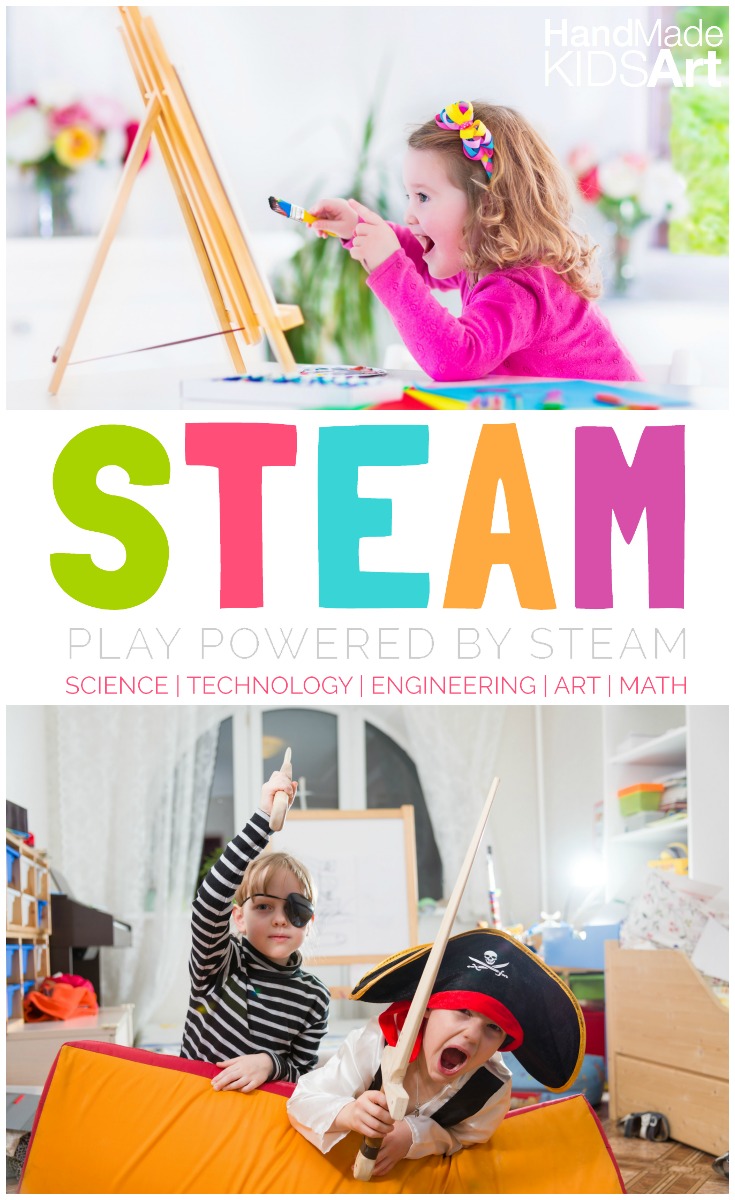
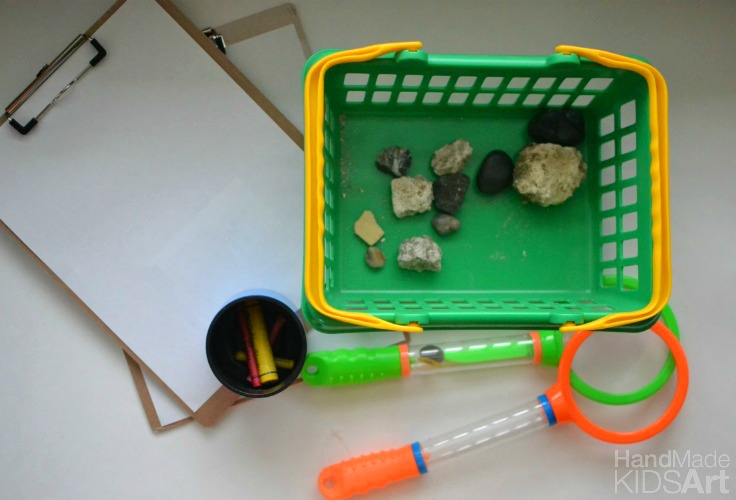
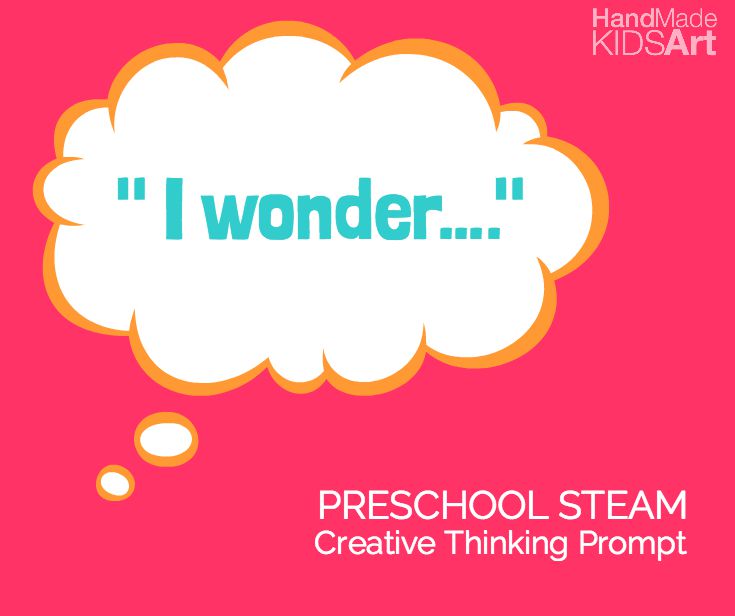
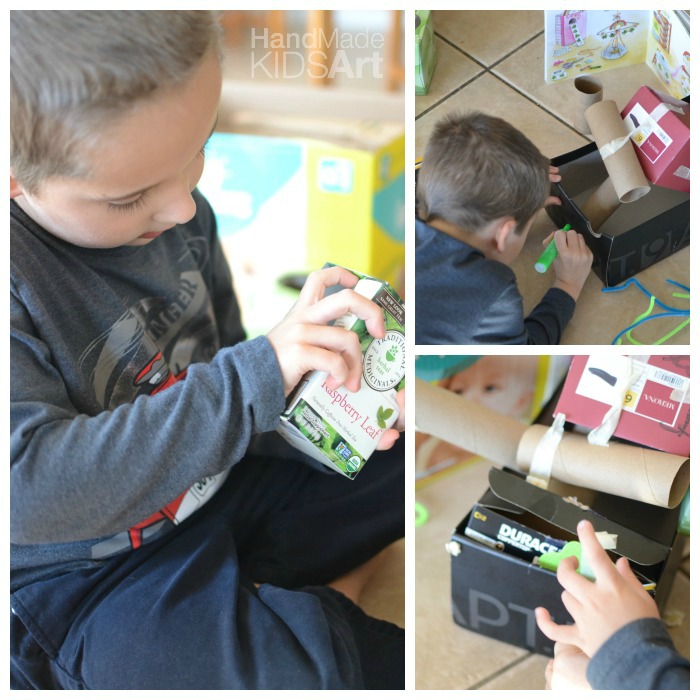
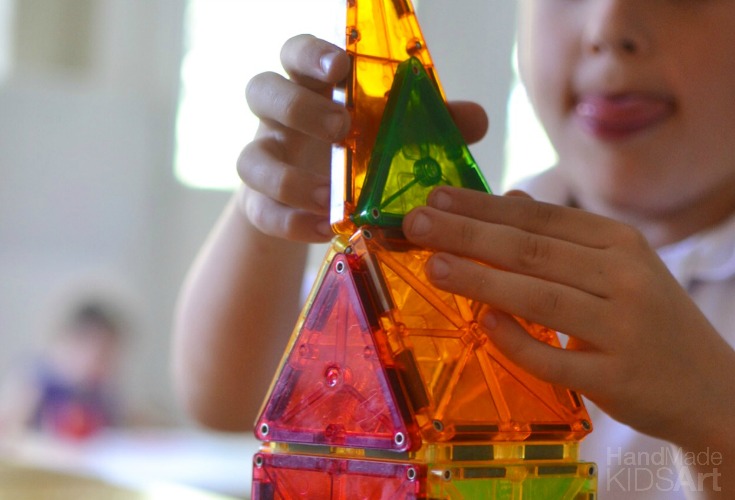

These are wonderful suggestions! Children are such natural scientists, and sometimes just need a nudge or tool. Thanks for the tips!
Thank you for commenting! It’s so true they are natural scientists! 🙂